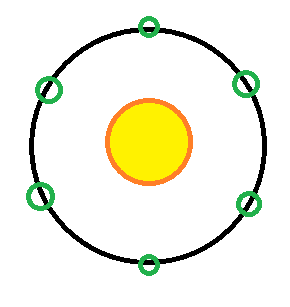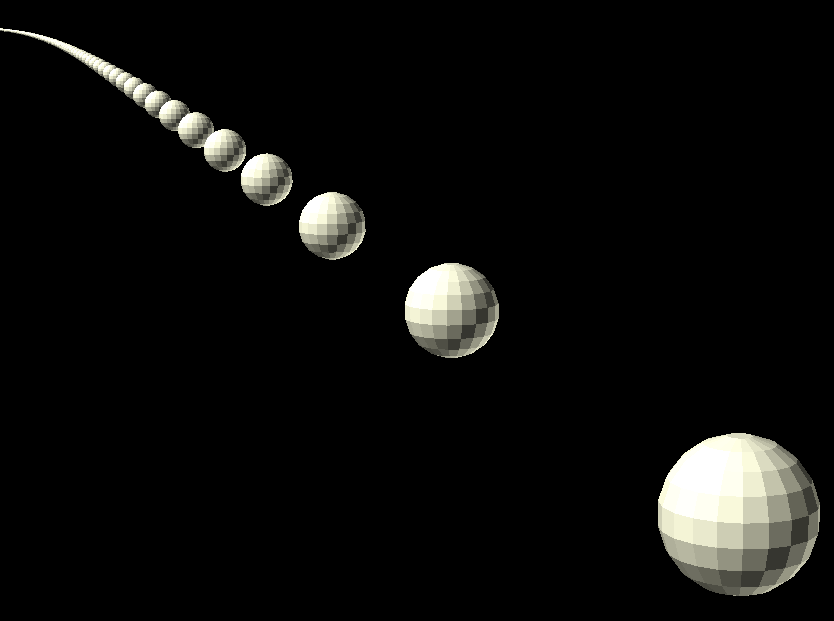TL;DR:
Assuming you have the considerable energy to get the imported planets into stable orbits, then yes.
Hundreds to thousands of Earths can fit into stable orbits in our solar systems habitable zone.
Positioning the planets:
Conversation of momentum should hold through space folding FTL - the host star systems will have different velocities relative to each other, the planets will have different relative speeds to each others suns. You'll need to apply 10's - 100's of km's per second of delta-v to a planet-sized mass within a timeframe of days to settle down the orbits... that's a lot. You may be able to optimise this by careful timing and positioning, and / or slingshot around a distant gas giant, but it's still dyson-sphere levels of energy. (Unless your space-folding can also space-bend or space-shrink/expand in such a way that this is handwaved).
The more planets in the habitable zone, with different orbital periods, the more likely 2 will eventually interact and disaster results for those people. A maths analogy would be the Lowest Common Multiple of any pair of integers in a large set.
Consider 2 planets in orbit, one in 7 month orbit, one in 8 month orbit; Eventually 7, 14, 21, 28, 35, 42, 49, 56 intersects with 8, 16, 24, 32, 40, 48, 56. When they do, both of their orbits will change. Subtly or catastrophically. You may be able to buy some time by carefully choosing the numbers, or making the orbits have different planes, or having widely elliptical orbits, but eventually it'll all fall down, with the exception of one configuration:
The most stable orbits for multiple planets in a habitable zone would be on the same ring, with the same orbital period, but equally divided in phase. These 4 planets would be stable for a very long time:

Adding a planet to the ring will also require thrust by all other planets, assuming their all the same mass, the planets should be kept equidistant from each other so that the forces the planets exert on each other cancels out, eg for 6 planets:

To get from 4 to 6 planets, the 2 incoming planets will need huge amounts of thrust to enter that orbit, but at least 3 of the existing planets will need to do manoeuvres as well. This would be 2 thrusts, one to transition to an elliptical orbit, and one to transition back to the original orbit, but "behind" where it was by a small fraction of the year, enabling room for the new planets on the ring.
Max number of planets:
What's the upper bound of the number of planets in the ring before it all breaks down? It more likely depends on the ratio of the mass of the planets before any other factor. If the planets are equal mass, then I believe the limiting factor will be making sure the atmospheres don't touch, as that could affect their day length and create friction, which would create heat, and thus intense storms. This dense packing will also remove all moons, and any satellites not in orbit perpendicular to the planet's orbit.
Working with our solar system, and leaving a safety margin of 8 earth diameters between them, you could fit ~9000 earths onto the orbital ring of Earth in the current solar system. (940,000,000km circumference of orbit, 12,700km diameter of earth).
Some people in the comments believe you'll need more of a safety margin than this. I only have my gut feeling of "but they should cancel out" to defend this number.
More than one ring may be possible, if your habitable zone is big enough, but each ring must have an orbital period different enough so the interaction is (essentially) zero.
Interesting issues
Tides would be a pain, the more planets added to the ring, the stronger the pulls in the forward or rearward direction. As the number of planets grows, it will be like sea levels rise. Tides would synchronise with the length of the day too, high tide would occur and sunrise and sunset.
One planet would rise at midday, and at sunset would be high in the sky. Few hours later that would set. You would then get a few moments of pitch blackness, depending on latitude and geography, and then another planet would rise. When this reaches high in the sky, the sun will rise.
Your two neighbouring planets would both be perpetually in half shadow. There would be no "phases of the moon" kinda thing.
Everytime a new planet is added, the night sky will become permanently brighter. The first 50 planets will have near total darkness at night. When there's thousands, true darkness will be rare. This will make land-based telescopes useless, and mess with nocturnal creatures.
Also getting a new planet in the system would be a big deal for the entire ring. Eg it would break every planets individual calendar. It would be half a year where you couldn't rely on sunrise and sunset being their precalculated values, the day length may be subtly different. A perfectly accurate clock could appear to lose and then gain time. Given we struggle with leap seconds (Eg stock exchanges lengthen every second by a a fraction rather than risk breaking high frequency trading with a 61-second minute), this interruption could be unpopular for the ruling body. If Christians or similar are present, the calculated date of Easter would be incorrect. Festivals which occur on equinoxes and solstices might have to be moved, or worse case even skipped. Moving a public holiday with only a few weeks or months notice would cause havoc with businesses, people would have to cancel travel plans, etc.
It's possible one planet could be spared from this chaos, one single planet could keep a constant calendar through all system-wide manoeuvres and be spared this complexity - probably the ones whose citizens donated the most to the ruling parties reelection campaign.
Trade
Transport between planets "upstream" on the ring would be very costly, but "downstream" would be very cheap (daily launch windows, once you get in orbit, a tiny amount of delta V needed to get from one planet's gravity well to the nexts). Unless you're willing to expend extreme amounts of propellant, (or space-folding is available everywhere and has replaced rockets), resources and trade would always go in one direction.
The most efficient path for non-time-critical resources (eg bulk frieght) in this system, interestingly, involves them applying thrust to take them upstream. Applying thrust to start you moving towards the planet ahead of you, will speed a ship up relative to the sun, swing you out a bit, and when you rejoin the ring you'll have moved downstream. Another thrust is needed to stabilise your new orbit. See https://en.wikipedia.org/wiki/Hohmann_transfer_orbit
Renders?
Someone in the comments have asked for renders of what 9000 planets on the same ring look like:
Excuse the low quality. Here's 9000 planets on the same ring as seen from a nice vantage point

View of ring east from northern hemisphere at mid day. Will look roughly the same to the west too.





